Qualcomm Snapdragon 805 Performance Preview
by Anand Lal Shimpi on May 21, 2014 8:00 PM EST- Posted in
- Tablets
- Snapdragon
- Qualcomm
- Mobile
- SoCs
- Snapdragon 805
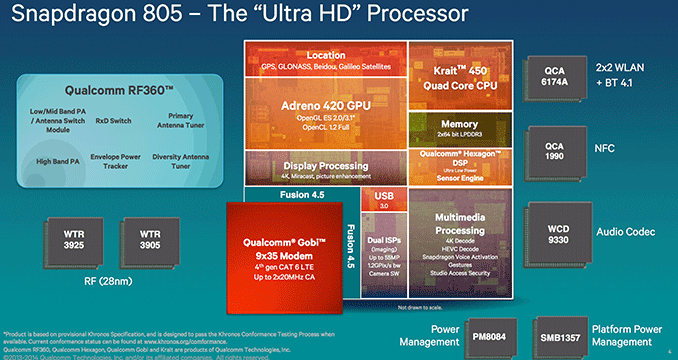
Last year Qualcomm announced a new tier in its high end SoC roadmap with the Snapdragon 805. Priced somewhat above the current Snapdragon 800/801, the 805 would be the last 32-bit high-end SoC from Qualcomm. It would be the grand finale in Krait's lineage, which started back in 2012 with Krait 200 and MSM8960 and saw iterative improvements over the years. The Snapdragon 805 was not only designed to drive CPU performance higher but also be the launch vehicle for Qualcomm's brand new Adreno 4xx GPU architecture.
The Snapdragon 805 SoC is a beast. It features four Krait 450 cores, each a mild tweak of the Krait 400 design used in the S800/801. These cores can now run at up to 2.7GHz compared to 2.5GHz in the Snapdragon 801 (Krait 400). As always, Qualcomm advertises customer-friendly frequencies rounded up to the nearest 100MHz, the actual max frequency of each Krait 450 core is 2.65GHz (compared to 2.45GHz in Krait 400).
The 8% increase in max frequency comes from tuning at the circuit level, there's no impact to IPC. All four cores sit behind a shared 2MB L2 cache. As is the case with all multi-core Krait SoCs, each CPU core can be power gated, clock gated and even clocked independently of the rest.
The S805 features Qualcomm's Adreno 420 GPU with full support for OpenGL ES 3.1 (with some extensions), OpenCL 1.2 and Direct3D feature level 11_2 (with a hardware tessellation engine). In typical Qualcomm fashion, it isn't disclosing any material details on the underlying Adreno 420 architecture so we'll have to guess based on what the benchmarks tell us. Adreno 420 includes support for Adaptive Scalable Texture Compression (ASTC), a new texture compression first introduced by ARM in 2011.
There are other architectural improvements including better texturing performance and faster depth rejection. The architecture should be more efficient than Adreno 3xx as well, making better use of the underlying hardware.
The GPU runs at a max frequency of 600MHz.
Qualcomm claims a 20% reduction in power consumption compared to Adreno 330 (Snapdragon 800) when running the T-Rex HD test from GFXBench at 1080p (onscreen).
For the first time, the GPU now gets its own direct path to the SoC's memory interface. In the past the GPU shared a bus with the ISP and video engines, but in order to feed the beast that had to change. The memory interface on S805 features two 64-bit LPDDR3-800 partitions (4 x 32-bit external interfaces), each capable of supporting 1600MHz datarate LPDDR3 for an aggregate peak theoretical bandwidth figure of 25.6GB/s. The Krait 450 cores themselves aren't big enough to use all of that memory bandwidth. The wide memory interface is really there for the GPU and video engines. We haven't seen a memory interface this wide on a mobile SoC since Apple's A5X/A6X designs.
In order to accommodate the wider memory interface but still make Snapdragon 805 suitable for use in a smartphone as well as a tablet, Qualcomm turned to a different packaging technology. Since the Snapdragon 805 is an APQ part, it lacks the integrated modem of the MSM SoCs we've found in most of Qualcomm's recent flagships. S805 uses a Moulded Embedded Package (MEP) that allows Qualcomm to route its 128-bit wide memory interface to on-package DRAM, giving it all of the benefits of a PoP stack as well as the wider memory interface. Qualcomm wouldn't provide me with a ton of details on MEP other than to say that rather than using the perimeter of the SoC's package to connect to memory stacked above it, MEP uses a substrate layer on top of the SoC to connect to the memory, giving the SoC more surface area to route lines to the DRAM. Qualcomm also claims the amount of metal it uses in the DRAM's substrate layer has some small impact on improving thermals on the overall package. The result is that Snapdragon 805 is still compact enough to go into a smartphone as long as the design can accomodate a discrete modem.
The Snapdragon 805 also marks Qualcomm's first SoC with a hardware H.265/HEVC video decode engine. There's no hardware H.265 encode acceleration however, that won't come until Snapdragon 810 in 2015.
The S805's ISP sees an increase in performance as well. The SoC retains Qualcomm's dual-ISP design, now capable of pushing up to 1.2 Gigapixels/s through the engine. If Qualcomm arrives at that number the same way as it has in the past, that would imply a 600MHz ISP operating frequency (up from 465MHz in the Snapdragon 801). The new ISP supports up to four MIPI camera inputs (TrioCam + FF anyone?). The ISP can support 4k30 and 1080p120 video capture.
Qualcomm also claims improved autofocus performance and better noise reduction.
Just as in years past, Qualcomm invited us out to a benchmarking workshop to get some hands on time with its Snapdragon 805 Mobile Development Platform (MDP) ahead of actual device availability. And just like we saw with the Snapdragon 800 benchmarking workshop, the S805's MDP comes in tablet form.the Snapdragon 805 MDP/T features a 10.6" 2560 x 1440 display, 3GB of LPDDR3 memory and 64GB of internal storage (eMMC 5.0). The chassis looks very similar to previous MDP/T designs.
Just as before, the benchmarks that follow are of a pre-production device that isn't shipping hardware. Although Qualcomm has significantly improved the delta we've seen between MDPs and shipping devices, there's always the caveat that performance could be different once we are looking at a shipping device, running on battery power. Although Qualcomm gave us access to the MDP/T, the devices were running on AC power with no power instrumentation connected. Qualcomm's own data shows a reduction in power consumption for Snapdragon 805 vs. 800, but once again we'll have to wait for shipping devices to really understand the impact of the SoC on battery life. What follows is exactly what the title of this piece indicates: a preview of Snapdragon 805 performance. Although Qualcomm pre-loaded the MDP/T with some commonly used benchmarks, we installed our own copies of everything we ran.
| Qualcomm's Snapdragon 8xx Lineup | |||||||
| Snapdragon 810 | Snapdragon 808 | Snapdragon 805 | Snapdragon 801 | Snapdragon 800 | |||
| Internal Model Number | MSM8994 | MSM8992 | APQ8084 | MSM8974 v3 | MSM8974 v2 | ||
| Manufacturing Process | 20nm | 20nm | 28nm HPm | 28nm HPm | 28nm HPm | ||
| CPU | 4 x ARM Cortex A57 + 4 x ARM Cortex A53 (big.LITTLE) | 2 x ARM Cortex A57 + 4 x ARM Cortex A53 (big.LITTLE) | 4 x Qualcomm Krait 450 | 4 x Qualcomm Krait 400 | 4 x Qualcomm Krait 400 | ||
| ISA | 32/64-bit ARMv8-A | 32/64-bit ARMv8-A | 32-bit ARMv7-A | 32-bit ARMv7-A | 32-bit ARMv7-A | ||
| GPU | Adreno 430 | Adreno 418 | Adreno 420 | Adreno 330 | Adreno 330 | ||
| H.265 Decode | Yes | Yes | Yes | No | No | ||
| H.265 Encode | Yes | No | No | No | No | ||
| Memory Interface | 2 x 32-bit LPDDR4-1600 | 2 x 32-bit LPDDR3-933 | 4 x 32-bit LPDDR3-800 | 2 x 32-bit LPDDR3-800/933 | 2 x 32-bit LPDDR3-800/933 | ||
| Integrated Modem | 9x35 core, LTE Category 6/7, DC-HSPA+, DS-DA | 9x35 core, LTE Category 6/7, DC-HSPA+, DS-DA | - | 9x25 core, LTE Category 4, DC-HSPA+, DS-DA | 9x25 core, LTE Category 4, DC-HSPA+, DS-DA | ||
| Integrated WiFi | - | - | - | - | - | ||
| eMMC Interface | 5.0 | 5.0 | 5.0 | 5.0 | 4.5 | ||
| Camera ISP | 14-bit dual-ISP | 12-bit dual-ISP | 1.2 GP/s | 930 MP/s | 640 MP/s | ||
| Shipping in Devices | 1H 2015 | 1H 2015 | 2H 2014 | Now | Now | ||
I pulled comparison results from our new combined Phone/Tablet 2014 category in Bench. The key comparisons here are the iPad Air (for obvious reasons), ASUS' Transformer Pad TF701T (Tegra 4 in a tablet), ASUS' Transformer Book T100 (Intel's Bay Trail in a tablet) and the HTC One (M8)/Samsung Galaxy S 5 (both are Snapdragon 801 devices). With the exception of the Bay Trail based T100, everything else runs iOS or Android.



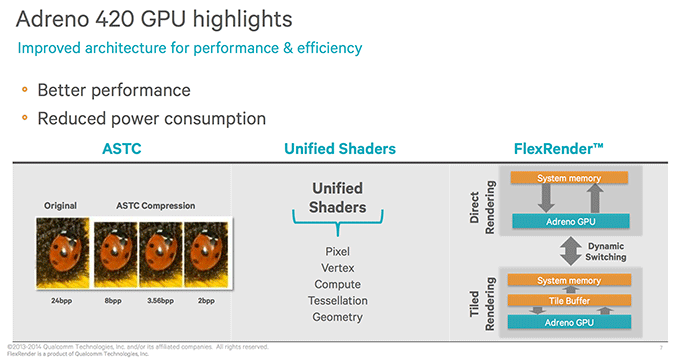
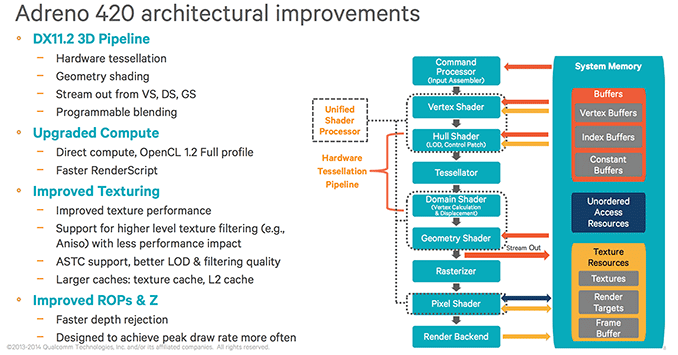
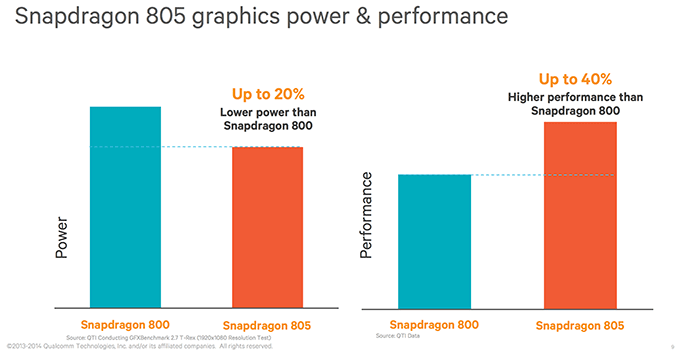
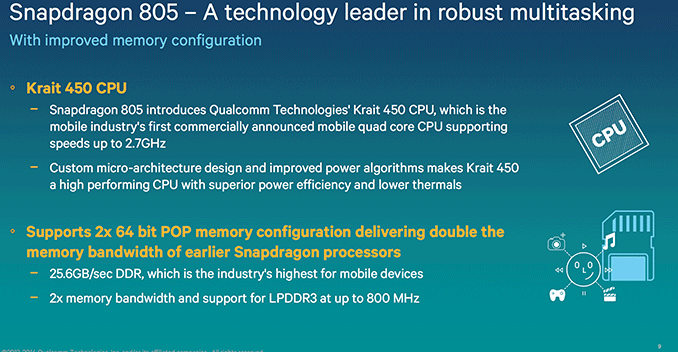
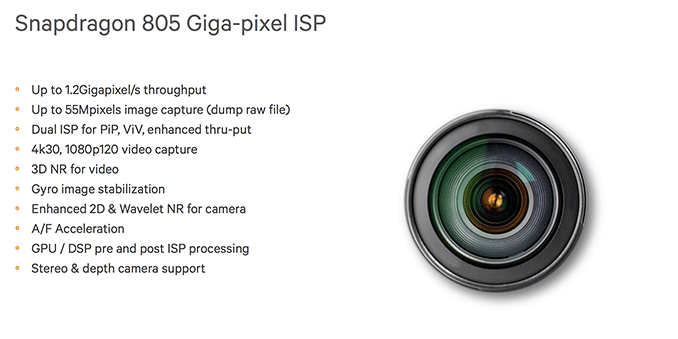
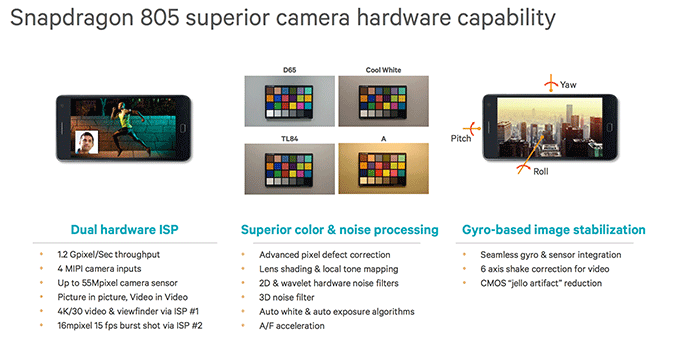

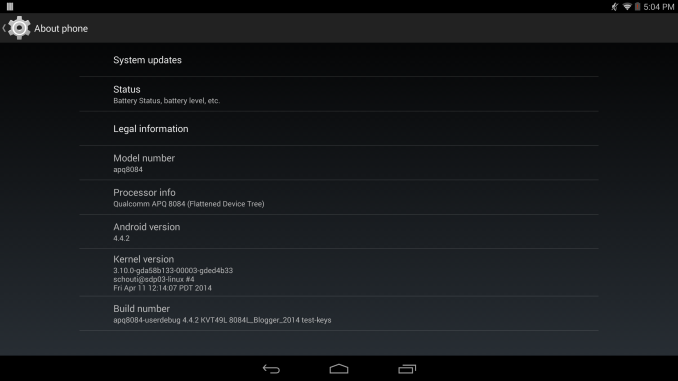








149 Comments
View All Comments
kron123456789 - Thursday, May 22, 2014 - link
Well, i don't belive it because of benchmarking results. Nvidia promised 60fps in T-Rex HD, and here it is. And Nvidia also promised 2.5x performance on Manhattan Offscreen test compared Apple's A7. And here it is(30fps vs 13.3fps). Well, almost 2.5x.AnandTechUser99 - Thursday, May 22, 2014 - link
NVIDIA had shown us the benchmarks in January.When the iPad Mini Retina (and other A7 devices) had been benchmarked towards the end of January in Manhattan Offscreen 1080p, they had average scores closer to 667 (10.8 Fps). Based off of this score, the Tegra K1 was offering a score ~2.65x that of the A7.
Sometime around March 10th, the average score for Apple's A7 had changed to 803 (13.0 Fps). I assume there was some sort of software update that boosted their Manhattan score.
Ghost420 - Friday, May 23, 2014 - link
i'm glad that if it is down clocked to 600mhz in the MiPad, benchmarks shows it's still kicking QC buttGhost420 - Friday, May 23, 2014 - link
on a side note, this is very good for SOC competition...hopefullyArthurG - Thursday, May 22, 2014 - link
So read this:http://en.miui.com/thread-22041-1-1.html
5hours heavy 3D game on 6700mAH battery means that TK1 runs with ~3W
and 11 hours on video
so excellent numbers when taking into account the leading performance
testbug00 - Thursday, May 22, 2014 - link
about 5 hours. Hm, I wish they had ran the tests longer... Ideally (for testing purposes, not time purposes) they would have ran everything for 20-25%(+) of the tablets battery life, and used that.OR
Did the tests from 75% or 50% battery.
Using 15 minutes (read: 5%) is a bit low amount of battery wear... It should be pretty accurate, but, I would skew that test a little lower (my experience is phones (over 5 phones) and tablets (over 2 tablets) tend to lose the first few percent of battery the slowest, and, it gives an inflated battery life.
According to the first 5% of battery (from 100% to 95%) on an iPad mini, well, It gave me something like 8 hours of usage playing hearthstone...
Same with video watching on Nook HD+
Same with Video (and reading webpages) watching on 920/1020
Same on reading webpages/playing weak applications on my Moto G
Same with web pages on some cheapass Android LG
Same with video/web pages on my old iPhone 4.
I would guess the real battery is closer to 4-4.5 hours (happy to be proven wrong ^__^) and the SoC is not running max clock (for good reason, no need to run max clock when you already hit a game fps gap, or, the refresh rate of the tablet)
Ghost0420 - Wednesday, May 28, 2014 - link
Doesn't Asus have a TF701T? which uses a Tegra 4 @ 1.9Mhz, WITHOUT A FAN? One bad review, because Toshiba don't know how to make a tablet, and everyone thinks T4 runs hot. The fan in the Shield is very quite and doesn't 'spool' up as if T4 was overheating, it runs very smoothly and the the interface is very smooth. Also, streaming AWAY from your house on good WiFi for PC games is working quite well now.And at least NV is updating its software....consistently...unlike most OEMs.
TheJian - Wednesday, May 21, 2014 - link
Agreed. Also Denver is in house where 810 isn't. I would expect CPU stuff to show Denver is better on power when taxed as Qcom in house won't be around until late 2015 or Q1 2016 since 810 is 1h2015. The GPU will heavily favor NV (even AMD at some point if they get in with a good SOC) as nobody else but AMD has 20yrs of gaming experience. We already have seen K1 is pretty good against the 805. Odd they ran from battery here..."Here even NVIDIA's Shield with Tegra 4 cooled by a fan can't outperform the Adreno 420 GPU"
Anandtech needs to stop makings dumb NV statements. It's a YEAR old device and won't even be in this race, not to mention it's not getting a ton from the fan anyway which is really there for longevity and temps in the hands for hours (we game hard and for hours so keeps it cool). The fan isn't in there to hit 2.5ghz or something, it's 1.9. This device will be facing K1. Stop taking AMD checks to be their portal site, and you can get back to making unbiased reporting without the little BS NV digs.
ArthurG - Thursday, May 22, 2014 - link
So true for the last paragraph !Let's see if Anand will say "TK1 Kepler GPU smokes Adreno 420, providing twice the performance on GFX3.0 bench with half memory bandwidth"
I'm waiting for it, right Anand ?
ams23 - Thursday, May 22, 2014 - link
Technically the difference in memory bandwidth is closer to 50% due to differences in mem. operating speeds for these two SoC's.